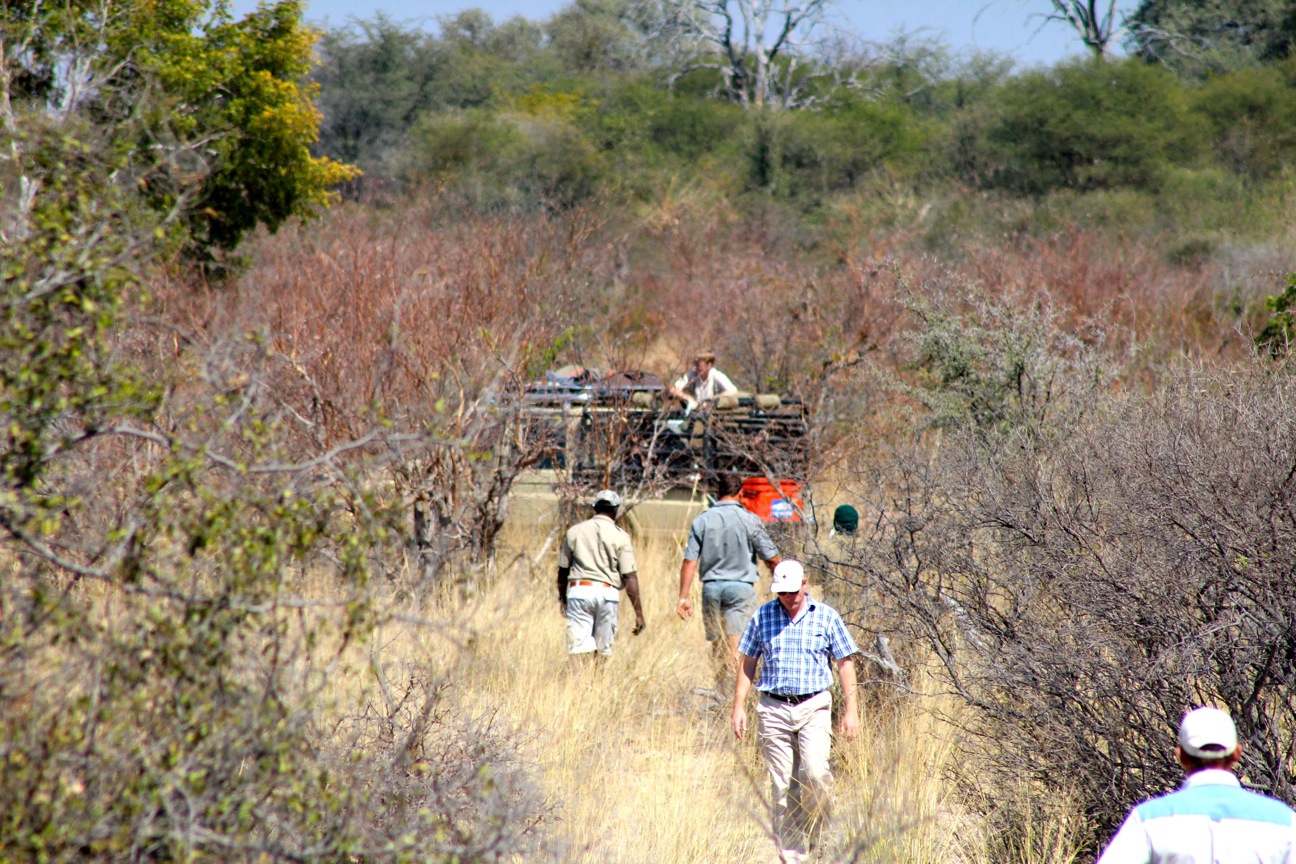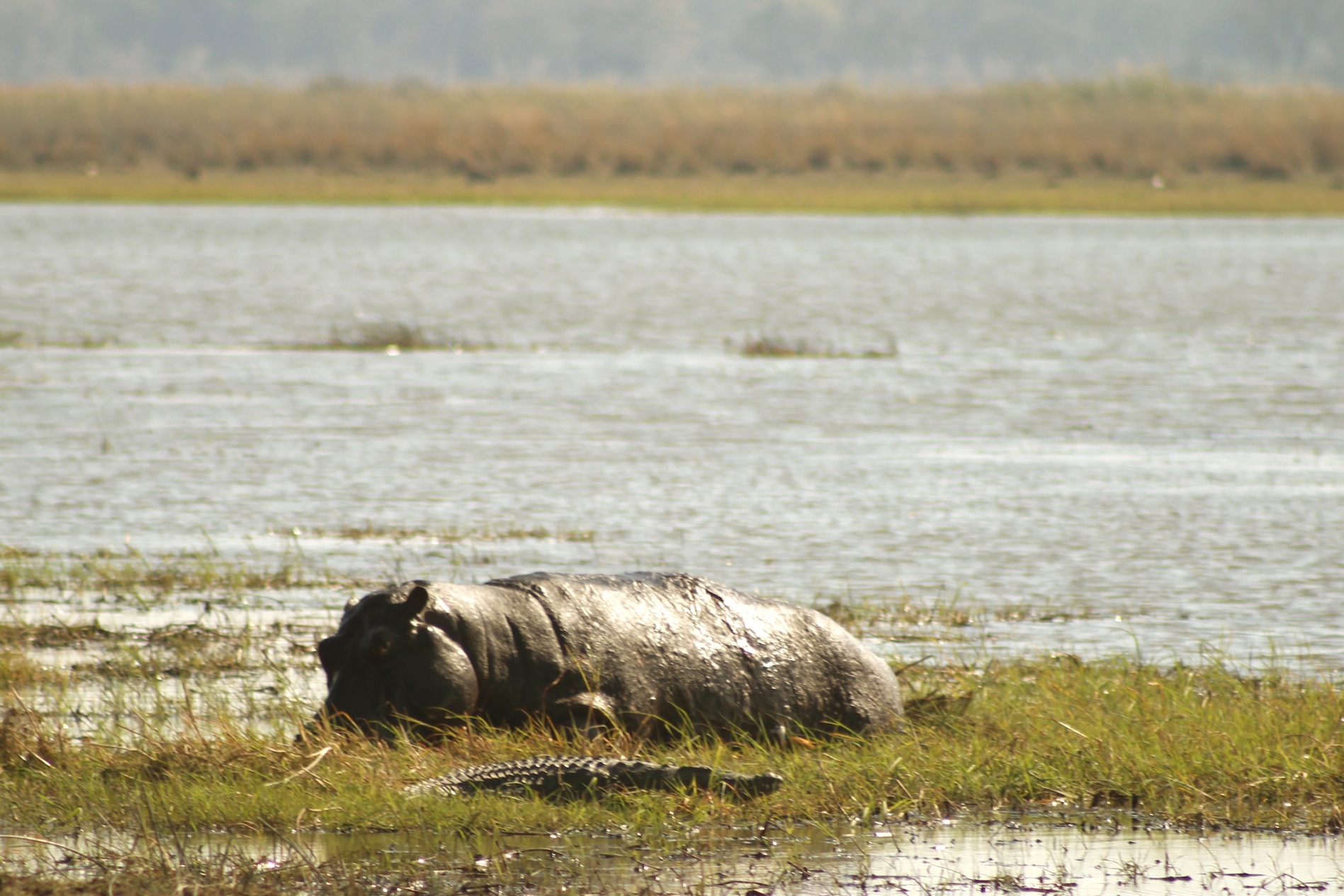Our driver, Reggie, suddenly slammed on the breaks. Our tour guide, Bernd, got up to check out the suspicious vehicle, parked off-trail in the tall grass. Bernd stepped off the bus without a word to any of us to go inspect the situation. He spotted empty rifle bags in the front seat of the empty jeep, which alarmed him that poachers may be near-by. Frantic whispers filled the bus as we questioned our safety. Were they going to hurt the animals? Would they hurt us if we witnessed them committing a crime?
Poaching is considered to be one of the most prevalent and heinous crimes in Namibia, carrying severe consequences. We visited Mahango National Park, which is one of the only game parks in Namibia that allows tourists to leave their vehicles to observe the wildlife. While in Mahango, we spotted this suspicious vehicle and we began to learn about the severity and reality of poaching, and the challenge of people coexisting with wildlife.
Namibia is one of few countries that include nature conservation in their constitution. Our guide, Bernd, informed me that these nature protection clauses are as equally important to Namibians as the Bill of Rights is to Americans. The Namibian Constitution has a distinct focus on the link between nature and sustainability as the combining key to a prospering future. This creates conflict between the protection of natural resources and human interest.
The Mahango National Park faces challenges between the Kavango people and the conservation of elephants, antelope, lions, leopards, etc. Some of them don’t mind providing information to poachers if that results in a generous payment. Rural villagers in the closer vicinity need to develop an understanding of the indirect benefit from the protected area. Namibia’s wildlife conservation issues Regardless of any laws in place to face these issues, the quarrel between humans and natural resources will continue to be an issue until more permanent issues are implanted by the government.

